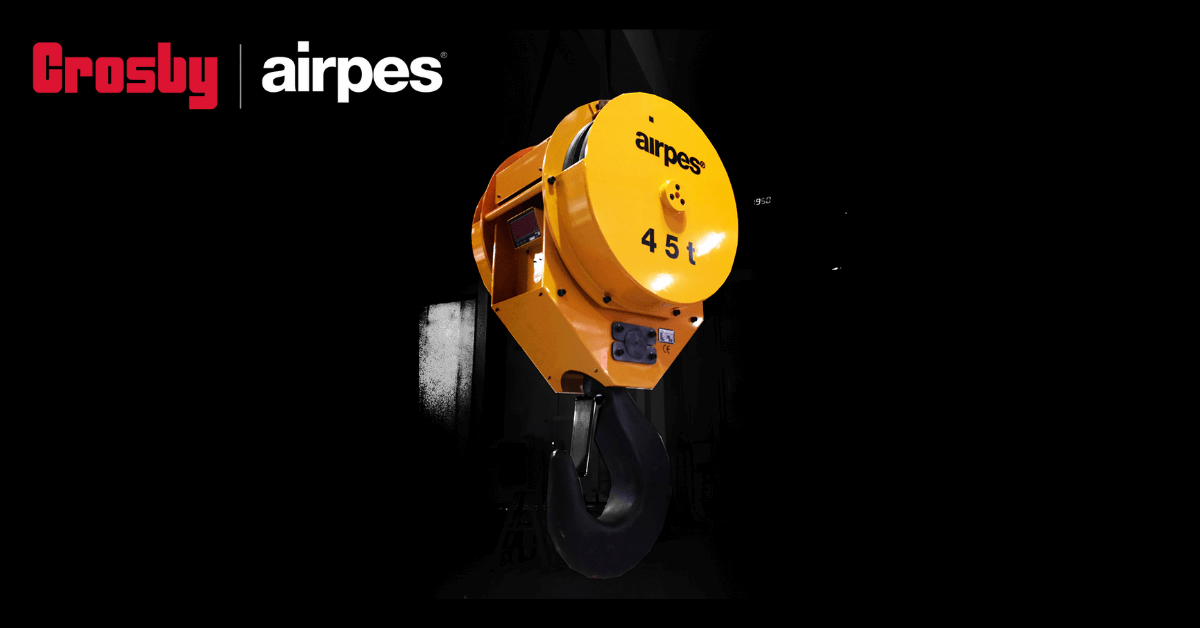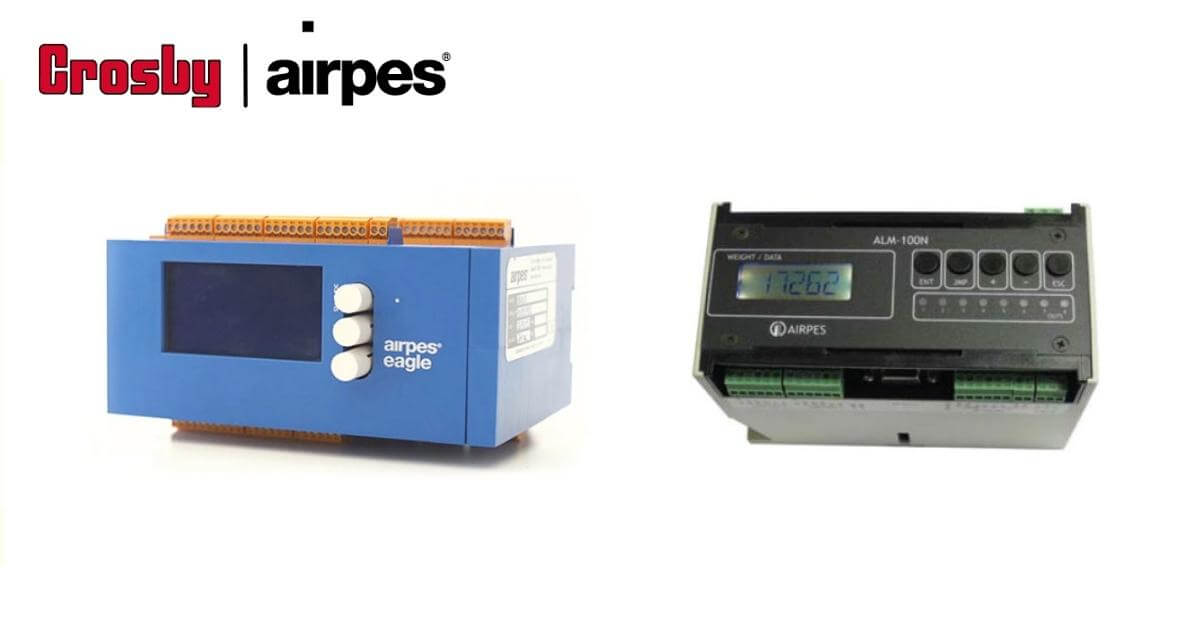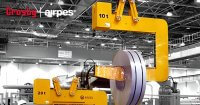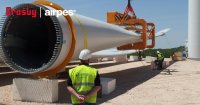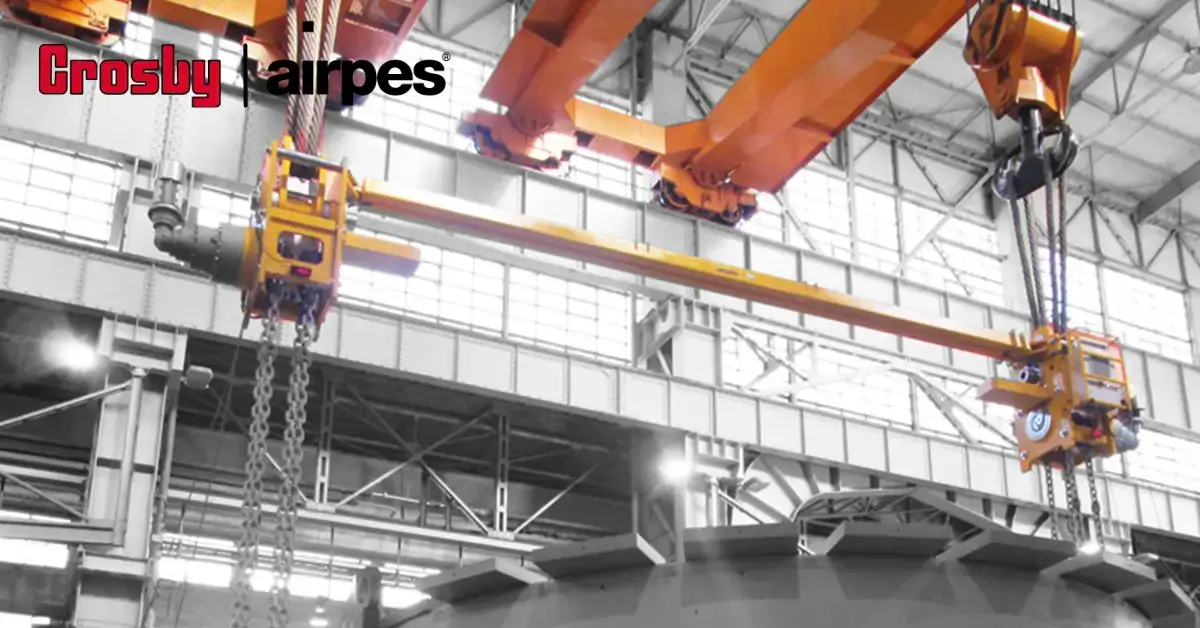
Crosby Airpes designs are adapted to the needs of every customer in terms of industry, use, space and performance.
That means that any of our solutions, no matter if it’s a C-hook, a lifting beam, or a lifting tong, can be installed in almost any type of crane.
One of the most used and versatile crane designs -specially for indoor use- is the bridge crane, as known as overhead cranes. This type of crane can operate inside the operation room without taking space from workers or other facilities -or taking just a little. Let us explain you the different types of indoor bridge crane designs and what are the pros and cons of each of them.
Types of bridge cranes
Let’s check the main designs of bridge cranes that you can find in the industry.
Gantry Cranes
This design is basically a 4 leg crane moving on wheels or on a rail. It is mostly used in piers and harbours and is one of the bridge crane designs we can see outdoors. For simplifying the design and the installation needed to run it, it is usually powered with a diesel engine for giving it complete autonomy and being wire-free. Some gantry cranes are installed inside buildings, especially for moving low weights and small objects, and those yes, are electric powered. When it has wheels it can move and rotate in any direction.
Pros
They are easy to install, offer freedom of movement and lower cost
Cons
The rails/wheels use working space and can be dangerous for goods and workers
Semi-Gantry Cranes
The semi-gantry crane basically is a gantry crane with one of its sides moving on an aerial rail. This is one of the bridge crane designs also used both in indoor and in outdoors, but with this design the whole crane moves just back and forward, so you can’t install wheels and you lose the 360º mobility. The aerial side of the crane allows more comfortable moving of the loads. The side of the crane that is moving on the ground on rails is usually placed in the end of the building or next to the walls for not impeding freedom of movement of workers and machinery. It is a good option if you want to move heavy loads but can’t install a pillar structure on both sides of the crane.
Pros
Easy to install, higher loading capacity and more stability
Cons
You need to protect the side moving on the floor from goods/people
Single Rail Cranes
This is the most used of all the overhead bridge crane designs. It is a single block moving through rails, with the hoist installed in one side. They are installed at indoor facilities, next to the ceiling of the warehouse. Installation needs two rails on both sides, with strong pillars that can support the whole structure of the crane and the loads that need to be moved. This kind of crane usually can move heavy loads in a very precise way and will not use space under it.
Pros
Is precise, powerful, and safe both for workers and goods
Cons
Cost: needs specific pillars to suspend the rails on them
Double Rail Cranes
This is one of the most used bridge crane desings. It is a stronger version of the single rail crane, allowing to work with higher loads, it moves faster and the hoist can use the whole longitude of the cable because it will be in a higher position. The hoist is usually placed in the middle of the two rails, so it will give the whole mechanism a lot more of stability and strengthness.
Pros
Stable, precise, allows to go higher with the load
Cons
More often maintenance schedules
Suspended Bridge Crane Designs (no pillars)
You need a bridge crane but don’t want to or can’t install the rails on pillars? Don’t worry, you have the option of installing a suspended bridge crane design: the rails will be suspended in the air and supported by the structure of the building itself. It gives a 100% clean working surface below the crane. However this bridge crane design allows only to move small loads in low height buildings
Pros
Perfect for small buildings with small height
Cons
Can’t move heavy loads

